IBM debuts next-generation quantum processor
By MYBRANDBOOK

At the annual IBM Quantum Summit in New York, IBM debuted ‘IBM Quantum Heron,’ the first in a new series of utility scale quantum processors with an architecture engineered over the past four years to deliver IBM’s highest performance metrics and lowest error rates of any IBM Quantum processor to date.
IBM also unveiled IBM Quantum System Two, the company’s first modular quantum computer and cornerstone of IBM’s quantum-centric supercomputing architecture. The first IBM Quantum System Two, located in Yorktown Heights, New York, has begun operations with three IBM Heron processors and supporting control electronics.
With this critical foundation now in place, along with other breakthroughs in quantum hardware, theory, and software, the company is extending its IBM Quantum Development Roadmap to 2033 with new targets to significantly advance the quality of gate operations. Doing so would increase the size of quantum circuits able to be run and help to realize the full potential of quantum computing at scale.
“We are firmly within the era in which quantum computers are being used as a tool to explore new frontiers of science,” said Dario Gil, IBM SVP and Director of Research. “As we continue to advance how quantum systems can scale and deliver value through modular architectures, we will further increase the quality of a utility-scale quantum technology stack – and put it into the hands of our users and partners who will push the boundaries of more complex problems.”
IBM Quantum System Two is the foundation of IBM’s next generation quantum computing system architecture. It combines scalable cryogenic infrastructure and classical runtime servers with modular qubit control electronics. The new system is a building block for IBM’s vision of quantum-centric supercomputing. This architecture combines quantum communication and computation, assisted by classical computing resources, and leverages a middleware layer to appropriately integrate quantum and classical workflows.
As part of the newly expanded ten-year IBM Quantum Development Roadmap, IBM plans for this system to also house IBM’s future generations of quantum processors. Also, as part of this roadmap, these future processors are intended to gradually improve the quality of operations they can run to significantly extend the complexity and size of workloads they are capable of handling.
IBM is also detailing plans for a new generation of its software stack, within which Qiskit 1.0 will be a pivot point defined by stability and speed. Additionally, and with the goal of democratizing quantum computing development, IBM is announcing Qiskit Patterns.
Additionally, IBM is pioneering the use of generative AI for quantum code programming through watsonx, IBM’s enterprise AI platform. IBM will integrate generative AI available through watsonx to help automate the development of quantum code for Qiskit. This will be achieved through the finetuning of the IBM Granite model series.
“Generative AI and quantum computing are both reaching an inflection point, presenting us with the opportunity to use the trusted foundation model framework of watsonx to simplify how quantum algorithms can be built for utility-scale exploration,” said Jay Gambetta, Vice President and IBM Fellow at IBM. “This is a significant step towards broadening how quantum computing can be accessed and put in the hands of users as an instrument for scientific exploration.”
With advanced hardware across IBM’s global fleet of 100+ qubit systems, as well as easy-to-use software that IBM is debuting in Qiskit, users and computational scientists can now obtain increasingly reliable results from quantum systems as they map increasingly larger and more complex problems to quantum circuits.

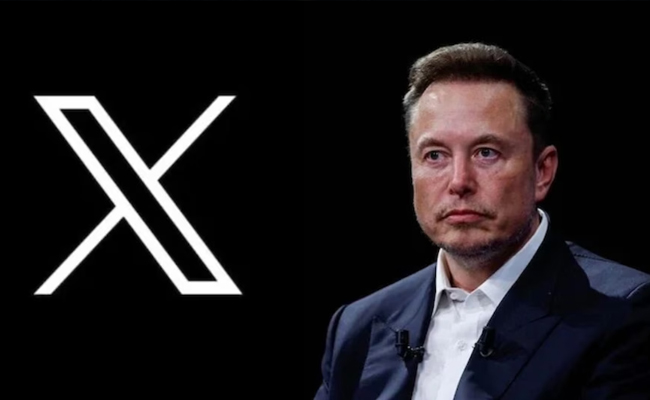
Legal Battle Over IT Act Intensifies Amid Musk’s India Plans
The outcome of the legal dispute between X Corp and the Indian government c...

Wipro inks 10-year deal with Phoenix Group's ReAssure UK worth
The agreement, executed through Wipro and its 100% subsidiary,...
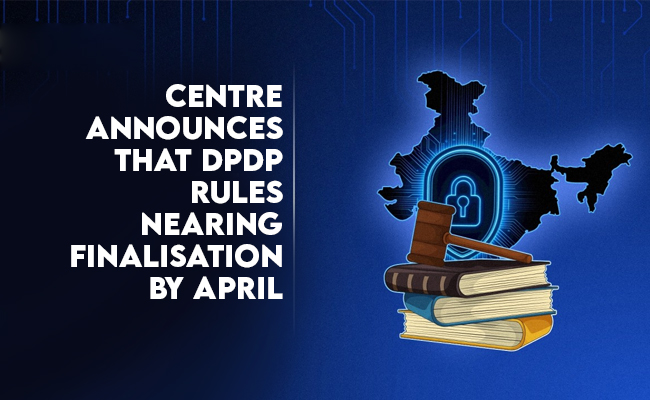
Centre announces that DPDP Rules nearing Finalisation by April
The government seeks to refine the rules for robust data protection, ensuri...
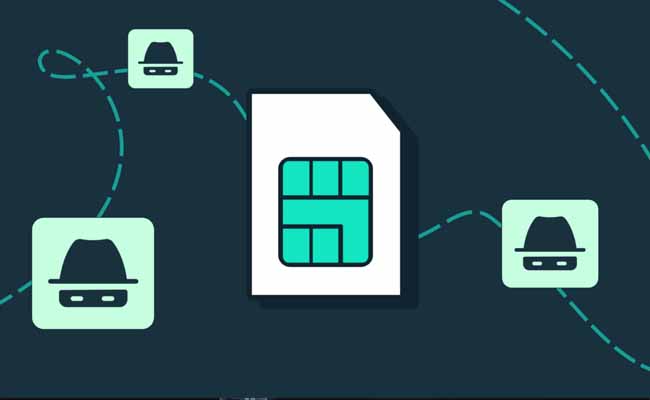
Home Ministry cracks down on PoS agents in digital arrest scam
Digital arrest scams are a growing cybercrime where victims are coerced or ...

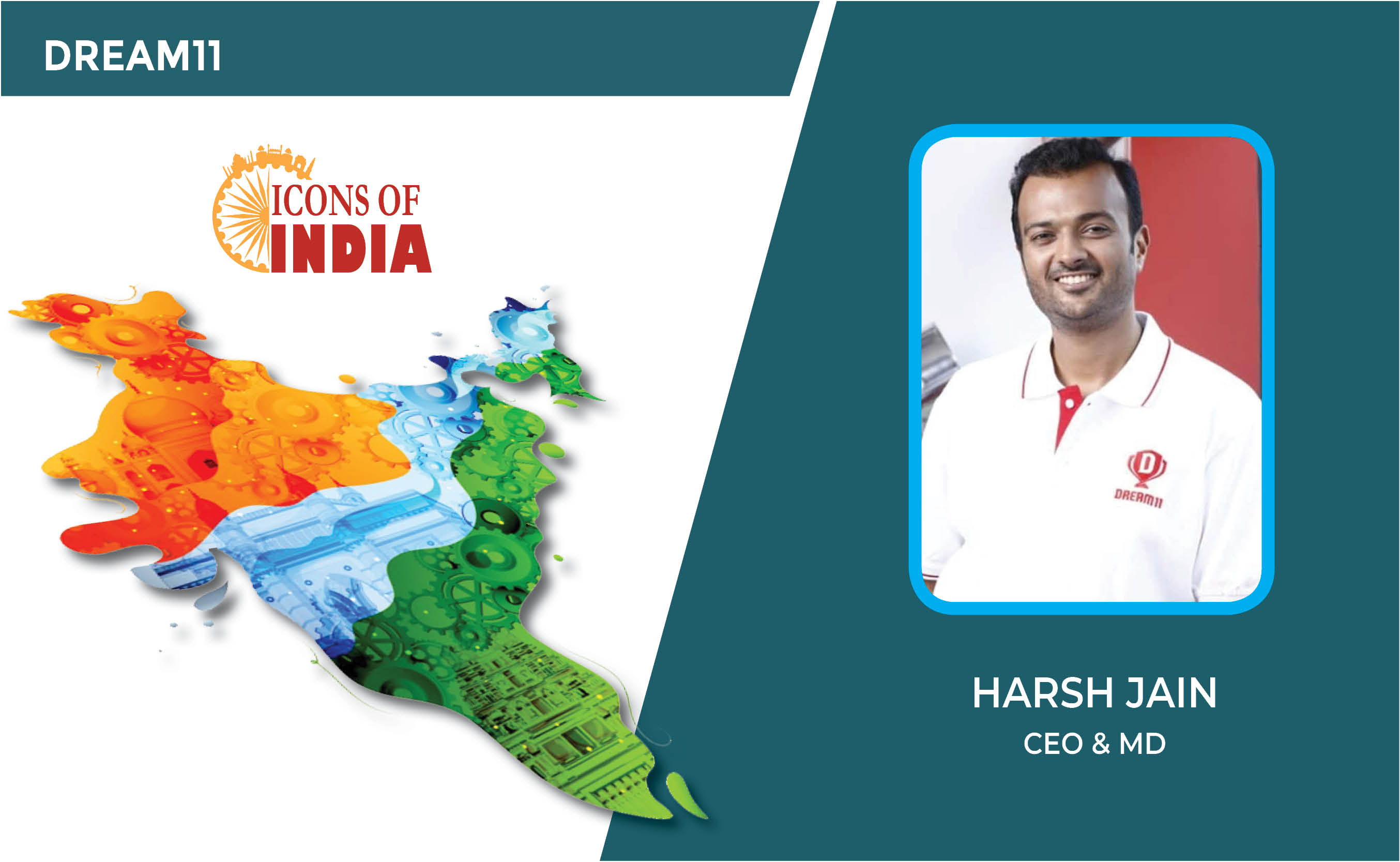
Icons Of India : Harsh Jain
Harsh Jain, the co-founder of Dream 11, the largest fantasy sports web...
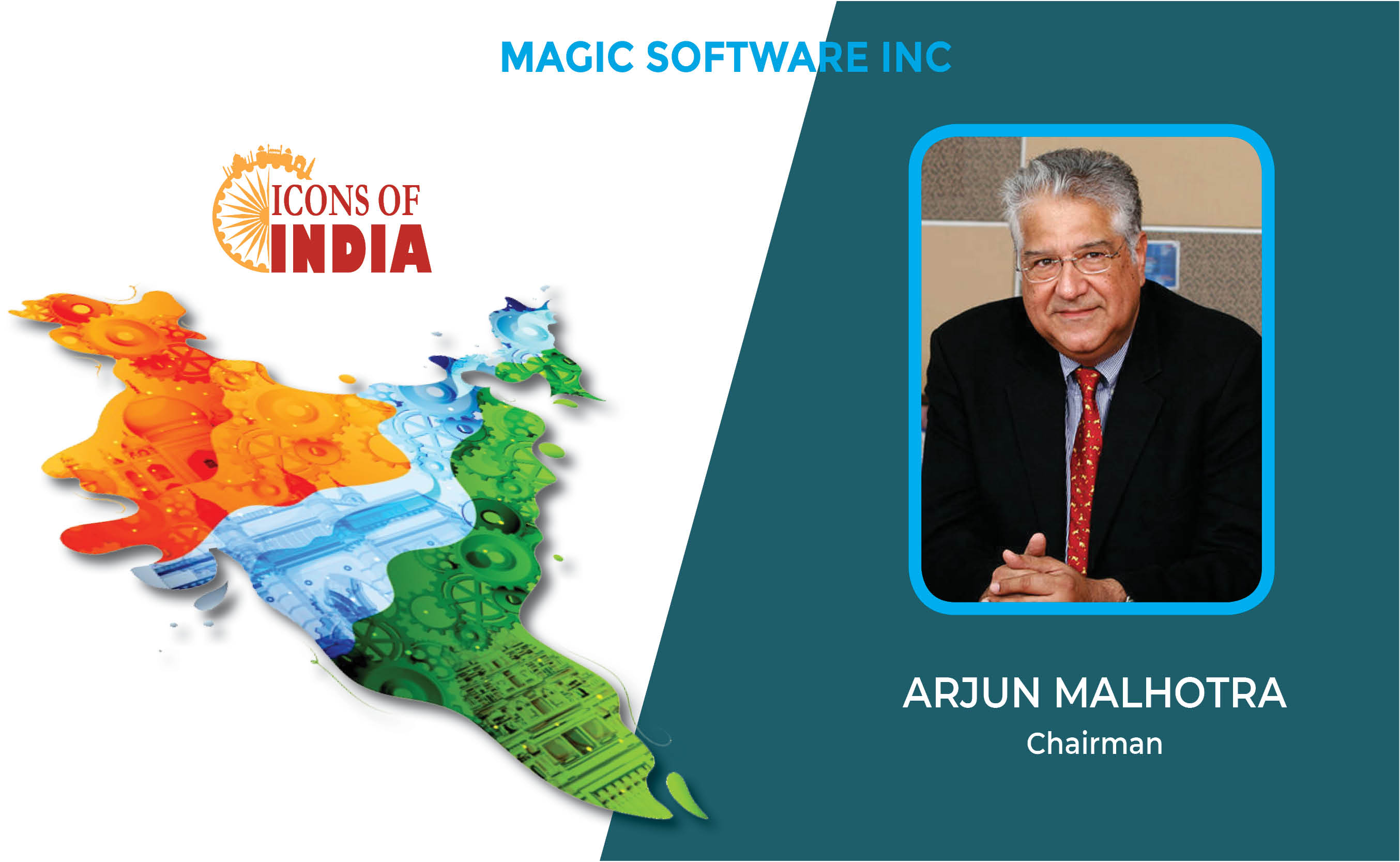
Icons Of India : Arjun Malhotra
Arjun Malhotra, the Chairman of Magic Software Inc., is widely recogni...
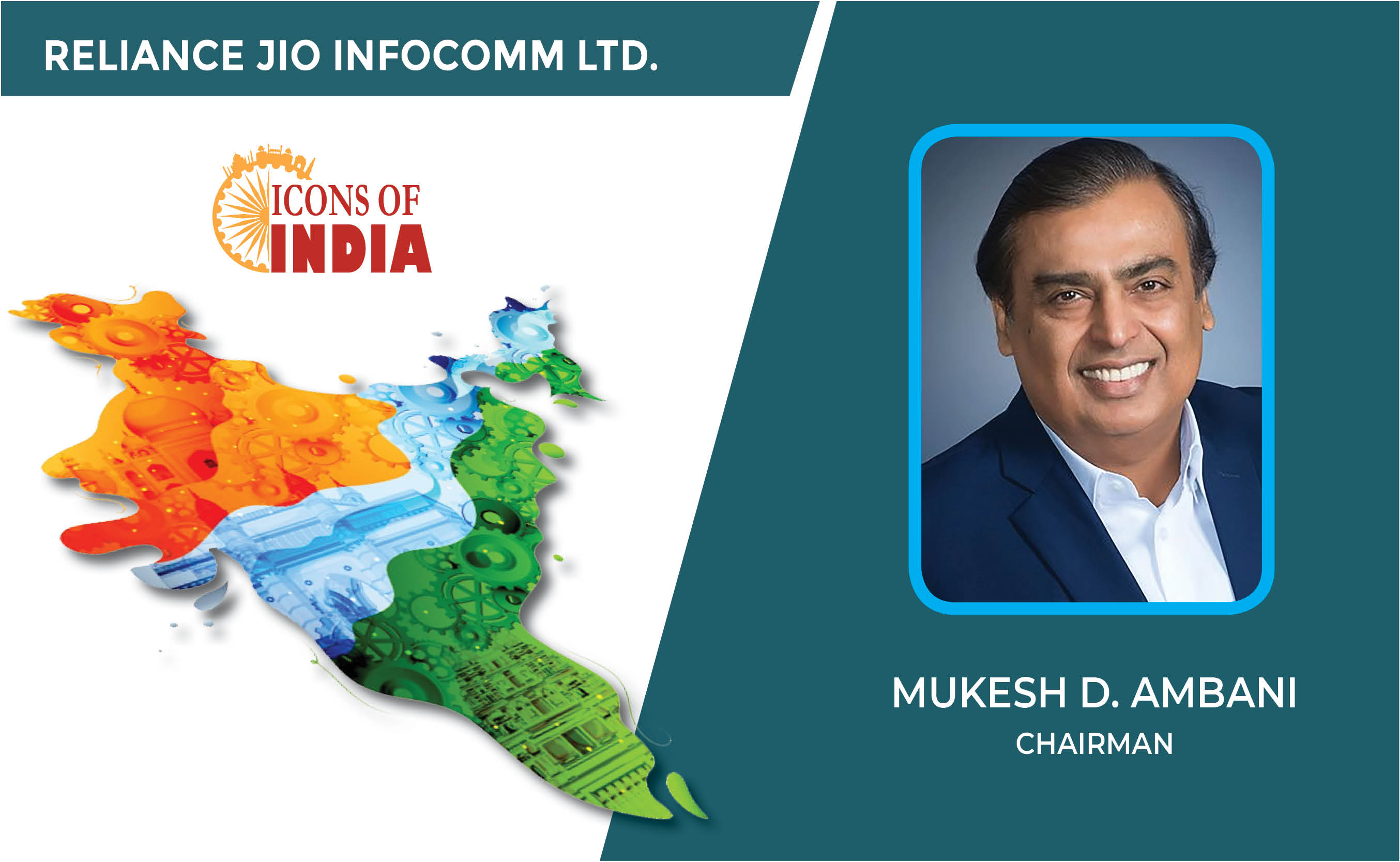
Icons Of India : MUKESH D. AMBANI
Mukesh Dhirubhai Ambani is an Indian businessman and the chairman and ...


DRDO - Defence Research and Development Organisation
DRDO responsible for the development of technology for use by the mili...
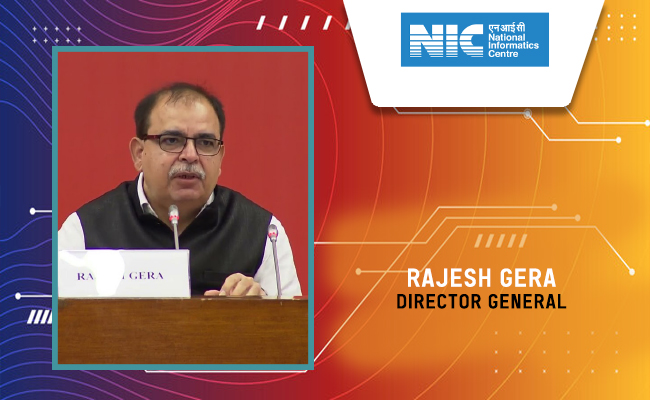
NIC - National Informatics Centre
NIC serves as the primary IT solutions provider for the government of ...

BSE - Bombay Stock Exchange
The Bombay Stock Exchange (BSE) is one of India’s largest and oldest...

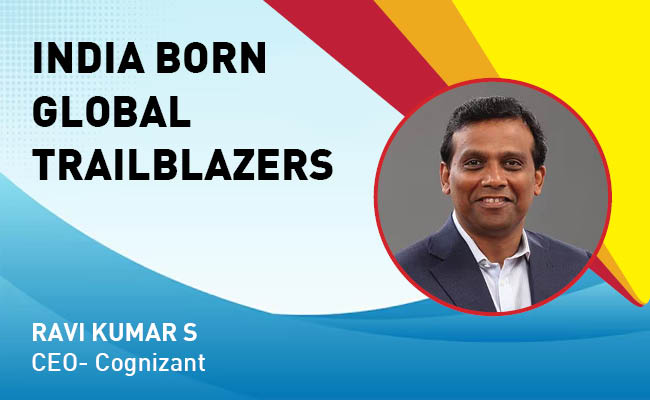
Indian Tech Talent Excelling The Tech World - RAVI KUMAR S, CEO- Cognizant
Ravi Kumar S, appointed as CEO of Cognizant in January 2023, sets the ...
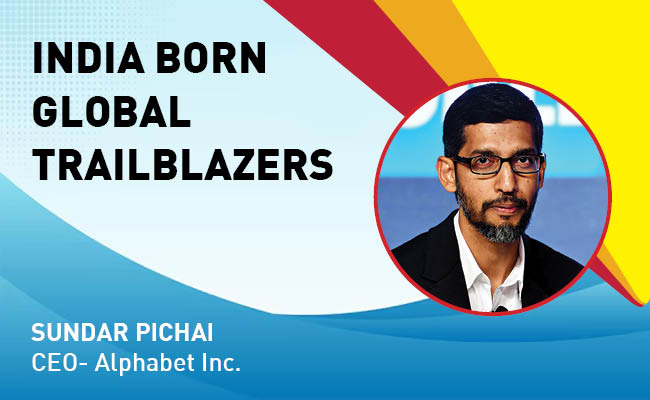
Indian Tech Talent Excelling The Tech World - Sundar Pichai, CEO- Alphabet Inc.
Sundar Pichai, the CEO of Google and its parent company Alphabet Inc.,...
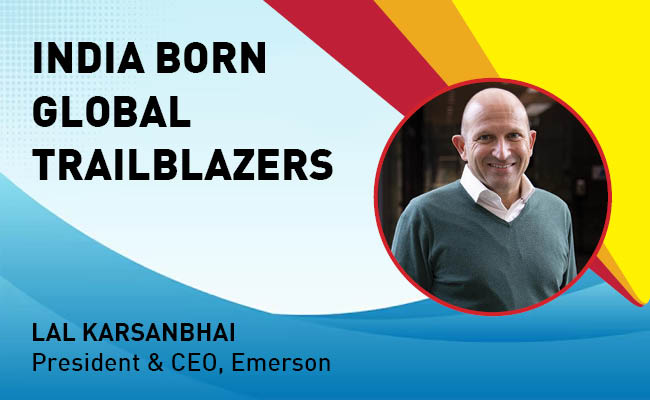
Indian Tech Talent Excelling The Tech World - Lal Karsanbhai, President & CEO, Emerson
Lal Karsanbhai, President and CEO of Emerson, assumed the leadership i...
 of images belongs to the respective copyright holders
of images belongs to the respective copyright holders